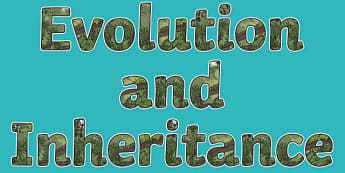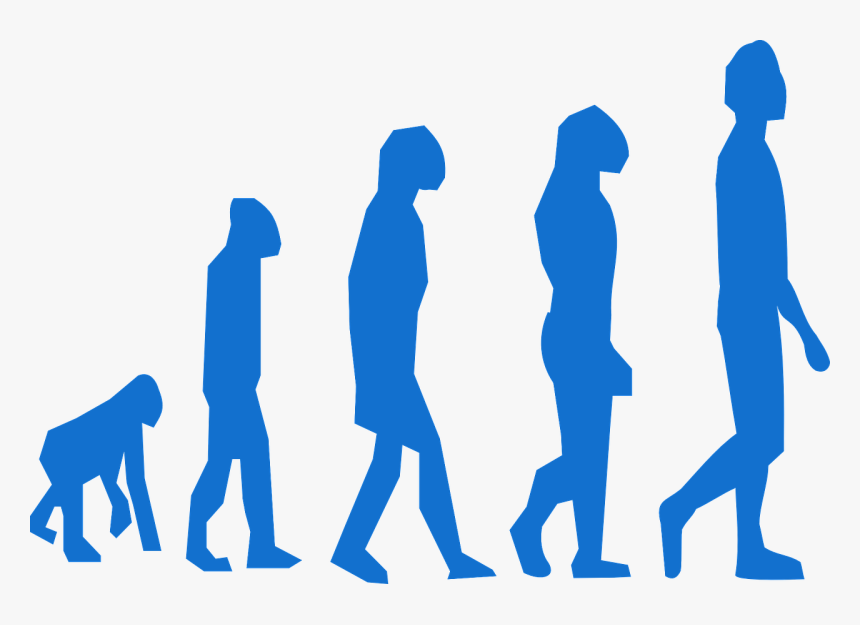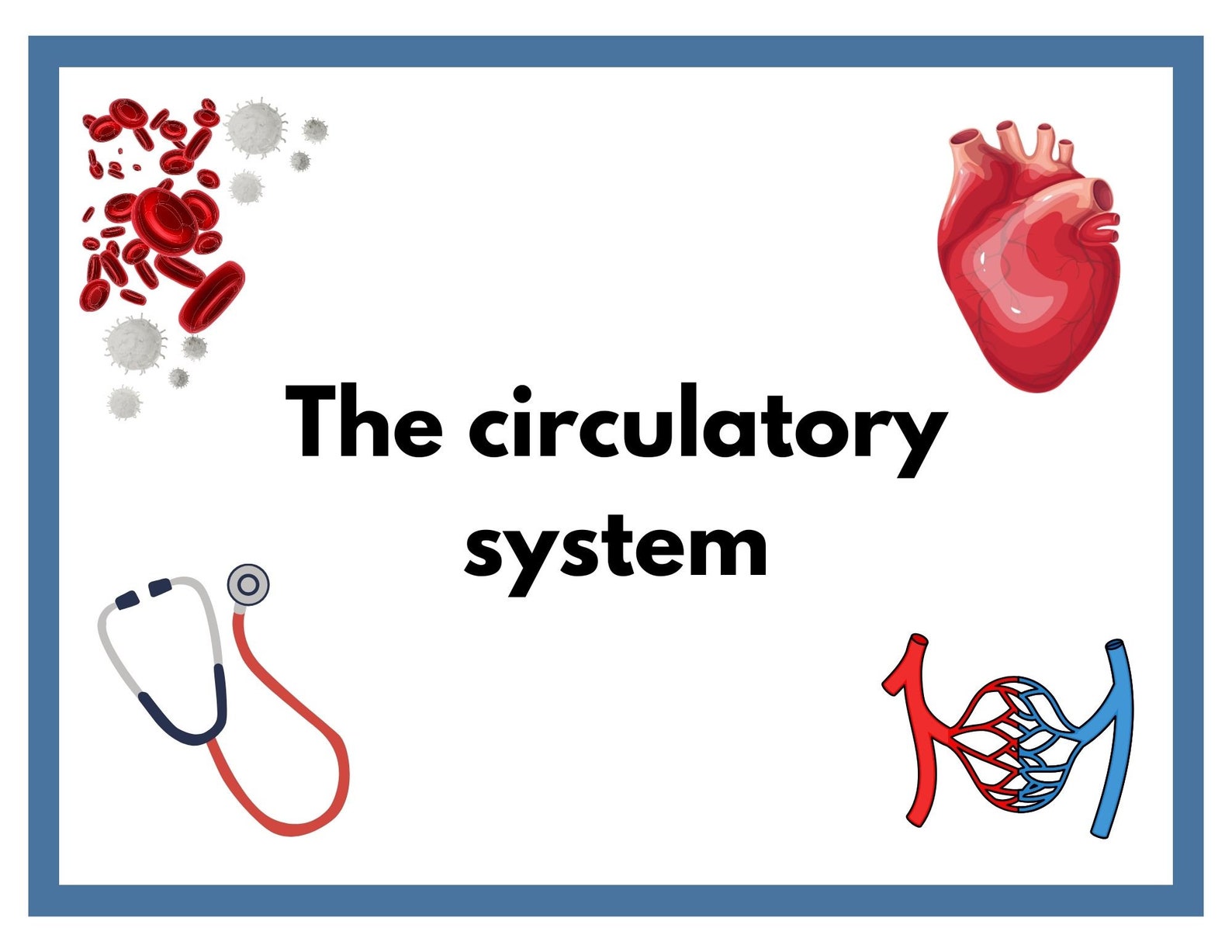Science

Autumn 1

Evolution is the way that living things change over time.
The first person who explained how evolution happens was Charles Darwin with his scientific theory of natural selection.


Evolution is the process by which living things change over long periods. This occurs as characteristics that help an organism survive are inherited by its offspring, who in turn passes them to their offspring and so on.

Over millions of years, these changes can cause new species to evolve and existing species to adapt to their environments.
![IMG_4694[1].JPG](/uploads/378/images/IMG_4694[1].JPG)
![IMG_4695[1].JPG](/uploads/378/images/IMG_4695[1].JPG)
![IMG_4696[1].JPG](/uploads/378/images/IMG_4696[1].JPG)
![IMG_4884[1].JPG](/uploads/378/images/IMG_4884[1].JPG)
![IMG_4883[1].JPG](/uploads/378/images/IMG_4883[1].JPG)
![IMG_4878[1].JPG](/uploads/378/images/IMG_4878[1].JPG)
What is inheritance and variation?
Some traits, like eye colour or fur pattern, are passed from parents to offspring, but these traits can vary among siblings. • Traits are passed from parents to offspring through units called genes, which are found in DNA.

Variation
Variation is all the differences that exist in a population of the same species. These differences are caused by:
- Genetic variation - these are differences between individuals that are inherited from parents, such as the colour of your eyes, hair and skin.
- Environmental variation - these are differences between individuals that are not inherited but caused by the environment that the organism lives in, including scars and tattoos.
- Genetic and environmental variation - differences between individuals that are caused by both genetic and environmental factors, such as height and weight.
Gene inheritance
- Characteristics like eye colour and genetic diseases are inherited.
- A Punnett square can be used to work out the probability of offspring inheriting some characteristics.
- Heredity is the study of inheritance.
Working with their partner, the children discussed all the types of characteristics of each other and their families.
![IMG_4951[1].JPG](/uploads/378/images/IMG_4951[1].JPG)
![IMG_4952[1].JPG](/uploads/378/images/IMG_4952[1].JPG)
![IMG_4956[1].JPG](/uploads/378/images/IMG_4956[1].JPG)
![IMG_5085[1].JPG](/uploads/378/images/IMG_5085[1].JPG)
![IMG_5083[1].JPG](/uploads/378/images/IMG_5083[1].JPG)
The children looked and discussed both a physical and behavioural adaptation observed in the animals below
Various answers, for example:
Penguins have waterproof feathers and huddle to keep themselves warm.
Lions have sharp incisors to rip apart meat and lie in wait to surprise their prey.
Plants have physical and behavioural adaptations that help them survive in their specific environments.

Cacti have thick stems that store water, helping them survive in hot, dry environments
Mangroves have roots above the water to take in oxygen in areas with salty, muddy soil.
Lichens stay dormant when it is cold or dry and only become active when moisture is available.
The children have been looking at different plants to understand why plants adapt to their environments.
![IMG_5166[1].JPG](/uploads/378/images/IMG_5166[1].JPG)
9th October


Charles Darwin was an English scientist who studied nature. He is known for his theory of evolution by natural selection. According to this theory, all living things are struggling to survive. The living things that have the most helpful traits for their environment tend to survive. These living things then pass along their helpful traits to their young. In this way, animals change, or evolve, over hundreds of years. He described his ideas in his important book, On the Origin of Species by Means of Natural Selection (1859).
Please click below to read more about Charles Darwin
Charles Darwin - Kids | Britannica Kids | Homework Help
![IMG_5258[1].JPG](/uploads/378/images/IMG_5258[1].JPG)
![IMG_5259[1].JPG](/uploads/378/images/IMG_5259[1].JPG)
![IMG_5260[1].JPG](/uploads/378/images/IMG_5260[1].JPG)
Autumn 2

This term , we are looking at the circulatory system of animals including humans.
The children were able to:
- Identify and name the main parts of the human circulatory system, and describe the functions of the heart, blood vessels and blood.
- Recognise the impact of diet, exercise, drugs and lifestyle on the way their bodies function.
- Describe the ways in which nutrients and water are transported within animals, including humans.



An animal's circulation system moves blood around the body to and from the heart.
Different animals have different kinds of circulation systems.
Mammals, birds, reptiles and frogs all have two circulation circuits but fish only have one (because they don't need as much oxygen).
What is the circulatory system?

The circulatory system, also known as the cardiovascular system is a network of organs and blood vessels that work together to circulate blood around the body.
The circulatory system is made up of three main components:
- Heart
- Blood vessels
- Blood
-
If we could join all the blood vessels in a human body together end-to-end, they would wrap around the world twice!
-
The heart is a powerful muscle that pumps approximately 9,092 litres of blood per day.
-
Every second, your body produces millions of red blood cells to replace those that wear out.
-
People have different blood types. There are four main blood types: A, B, AB and O.
-
It takes about 20-30 seconds for blood to circulate completely throughout the body.
-
Capillaries are the smallest blood vessels in our circulatory system.
-
Veins contain valves which prevent the backflow of blood.

.JPG)
The chidren discussed parts of the heart and its functions.
Blood transports nutrients and oxygen around the body and removes waste products such as carbon dioxide. Blood has four main components, which each have an important role:
- red blood cells
- white blood cells
- plasma
- platelets



To get a better understanding of blood, the children made fake blood.
Red blood Cells
In your dish add a spoonful of cheerios with the red food colouring.
White blood cells
Add marshmallows to the cheerios and the red food colouring.
Plasma
In a separate dish a the water to the yellow food colouring.
Platelets
Add oats.
![IMG_5736[1].JPG](/uploads/378/images/IMG_5736[1].JPG)
![IMG_5737[1].JPG](/uploads/378/images/IMG_5737[1].JPG)
Blood travels through a network of blood vessels in a continuous loop around the body.
Arteries carry oxygenated blood away from the heart then veins carry deoxygenated blood back to the heart.
Capillaries are smaller and thinner. When blood is in the capillaries, it is able to deliver the oxygen and nutrients and remove waste.


The children discussed different foods and what their purpose is within the human body.


Spring 1

What is light and where does it come from?

Light is a type of energy which comes from a light source (something which produces light energy).
We need light for our eyes in order to see, if they are able.
Light sources can be natural such as the Sun, which is our main source of natural light, or from things burning.
We also get light from man-made sources such as ceiling lights, lamps, torches, candles and even electronic devices like phones and televisions.
Light always travels in straight lines and it is the fastest moving thing in the universe.
Darkness is the absence of light. Unlike light, which is created by light sources, you can't create darkness. To make somewhere dark, you have to stop the light from coming in.
 Reedley Primary School
Reedley Primary School![IMG_4697[1].JPG](/uploads/378/images/IMG_4697[1].JPG)
![IMG_4882[1].JPG](/uploads/378/images/IMG_4882[1].JPG)
![IMG_4954[1].JPG](/uploads/378/images/IMG_4954[1].JPG)
![IMG_4955[1].JPG](/uploads/378/images/IMG_4955[1].JPG)
![IMG_5167[1].JPG](/uploads/378/images/IMG_5167[1].JPG)
![IMG_5261[1].JPG](/uploads/378/images/IMG_5261[1].JPG)

.JPG)
.JPG)
![IMG_5738[1].JPG](/uploads/378/images/IMG_5738[1].JPG)
